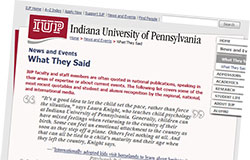Veronica Watson‘s Topics in English class has designed a public humanities project to coincide with World AIDS Day.
 “The students have done everything from conceptualize the project to arrange all the logistics to bring it to the world, to all of the publicity and media you might see around it,” she told me.
“The students have done everything from conceptualize the project to arrange all the logistics to bring it to the world, to all of the publicity and media you might see around it,” she told me.
And, not only has this involved posters, fliers, other publicity materials (including a Facebook page), students have worked to collect poetry, memoirs, and photography to do a “story trail” in the Oak Grove. They will be installing the pieces this afternoon in the Oak Grove, and the story trail will be up through December 1.
Tonight from 4:00 to 7:00 in Folger Hall, the group will stage an awareness game called “Who’s on Fire.” On November 29, it will show the award-winning film Philadelphia at 5:30 p.m. in the Crimson Event Center in Folger Hall. After the film, people will be invited to offer personal testimonies. Information about AIDS also will be available.
My colleagues and I agree that one of the best things about working at a university is seeing the passion and commitment that our students have for important causes. Watching them take what they’ve learned in the classroom–and seeing how well our faculty members encourage them to take classroom experiences into real-life projects–makes me even more proud to be part of this university community.
P.S. Other AIDS awareness events on campus include the World AIDS Day Awareness Event on December 1 in the Ohio Room of the Hadley Union Building, sponsored by the IUP Office of Health Awareness and the African American Cultural Center. The event opens with an open mic session at 7:00 p.m. and continues with a presentation at 8:00 p.m. with Dr. Linda Frank, associate professor in the Department of Infectious Diseases at the University of Pittsburgh, who will provide an update on HIV. Dr. Frank also is the Principal Investigator and Executive Director of the Pennsylvania-MidAtlatnic AIDS Education and Training Center.
There also will be information tables in Stapleton Library November 29 and November 30 from 11:00 a.m. to 2:00 p.m. offering more information about AIDS.
.

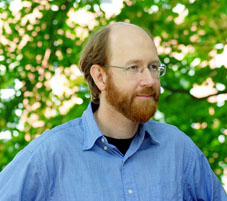 Update, November 11: The BBC also featured this discovery, and the report can be seen on the
Update, November 11: The BBC also featured this discovery, and the report can be seen on the 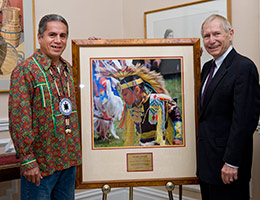 There’s a beautiful photograph in the president’s office at IUP, taken by retired Communications Media professor Richard Lamberski.
There’s a beautiful photograph in the president’s office at IUP, taken by retired Communications Media professor Richard Lamberski.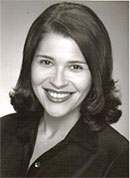 Okay, kind of an esoteric title. But a lot of times, the actual content of these academic papers is really intriguing and thought-provoking. When I read more on the
Okay, kind of an esoteric title. But a lot of times, the actual content of these academic papers is really intriguing and thought-provoking. When I read more on the  Over morning coffee, NPR listeners recently learned about eating habits that were discovered right here in Indiana, Pennsylvania. You can see the full story in
Over morning coffee, NPR listeners recently learned about eating habits that were discovered right here in Indiana, Pennsylvania. You can see the full story in 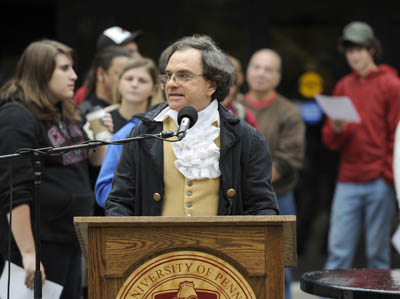
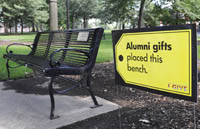 You probably noticed the signs and sidewalk chalk messages during the first week of school. They were part of an
You probably noticed the signs and sidewalk chalk messages during the first week of school. They were part of an 